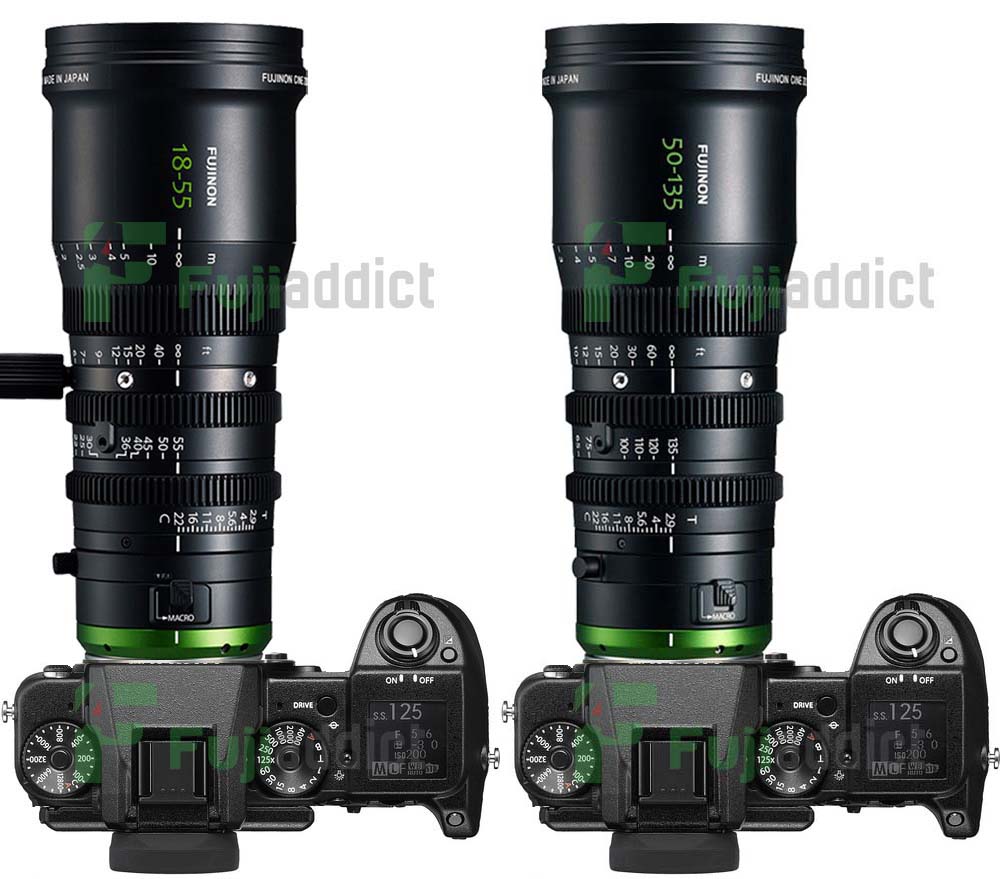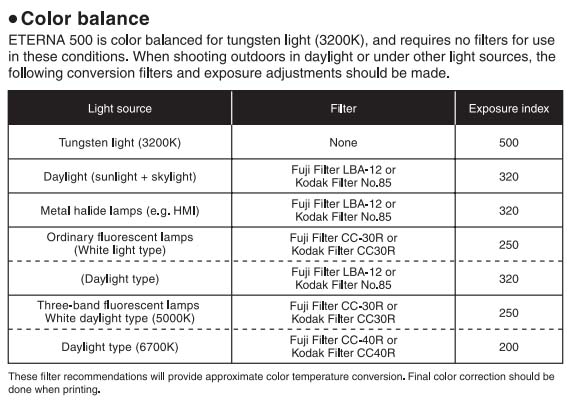
I had a little bit of time over the break to match up the Fujinon MK lenses with the Fujifilm X-H1 body that I made for the site a while ago and you can definitely see how the bulkier body will make the pair fit together better. The dimensions aren’t perfect, but they are close enough to get a good idea of how they were made to complement each other. According to the original rumor, the camera will closely match the GFX not the X-T2, which is why I built my mockup off a Fujifilm GFX 50S. The larger grip definitely complements the big Fujinon MK lenses nicely and will add to the overall experience of using this camera for video and make handling large lenses like the upcoming Fujinon XF 200mm F2 R LM OIS WR easier.
Lots of sites are rehashing the specs that are already out there with February fast approaching, but if you want to read the specs you can go here for a detailed list of what we expect to see this year from Fujifilm. The rest you can see on the mock-up, but I was thinking about another aspect of this camera that’s coming while shooting over the holiday break. Film simulation has always been a useful option that Fujifilm cameras have over others for years now. One of the first things I did with my Fujifilm X-Pro2 was film 1080p video using a variety of film simulations I enjoy shooting with and I ended up loving the moody results.

You can already do a lot with in-camera film simulation if you take the time to tweak it as I have on YouTube, but not many videographers have embraced Fujifilms simulations so far, what makes ETERNA different? From the little bit of research, I have done on the topic, different types of ETERNA will give you perfect color if you use the correct lighting type with the film. ETERNA 500 uses 3200k tungsten lights to get perfect color, but will the filter guide also work with ETERNA simulation like the ETERNA film?

ETERNA 250D, on the other hand, is daylight balanced for 5400K so the format isn’t completely locked into tungsten lights, but it will be interesting if some of the lighting properties from the film carried over. I think videography and cinematography would benefit a lot by going back to its roots of getting the footage right in camera, to begin with. You can read more about the different film stock here, but are videographers and cinematographers looking for baked in colors that are correct in today’s world?
The Fujifilm X-H1 has my mind wondering about the possibilities, especially as the questions come in via E-mail and direct messager. Can Fujifilm push back against the overwhelming amount of videographers that want to work in RAW video formats and create a true cinema type camera experience in a digital camera? I think a lot of videographers and their clients would benefit from shooting footage 100% spot on, to begin with like the film days, but not everyone is equipped to do so today. The Fujifilm X-H1 could also easily just become a Fujifilm X-T2 replacement for photographers looking for a little more performance and a bigger body while waiting for the Fujifilm X-T3 to arrive. Either way, Fujifilm fans have a lot to look forward to in 2018.
Preorder Links
X-H1 Camera: B&H Photo / Amazon / Adorama
X-H1 Body with Battery Grip Kit: B&H Photo / Amazon / Adorama
VPB-XH1 Vertical Power Booster Grip: B&H Photo / Amazon / Adorama
EC-XH Wide Eyecup: B&H Photo / Amazon / Adorama
MK18-55mm T2.9: B&H Photo / Amazon / Adorama
MK50-135mm T2.9: B&H Photo / Amazon / Adorama
Please don’t forget to follow us on Facebook, Twitter, Instagram
Plus our owners’ groups
Fujifilm GFX Owners Group
Fujifilm X-H Owners Group
Fujifilm X-T Owners Group
Fujifilm X-Pro Owners Group
Fujifilm X-E Owners Group
Fujifilm X-A Owners Group
Fujifilm X100 Owners Group
